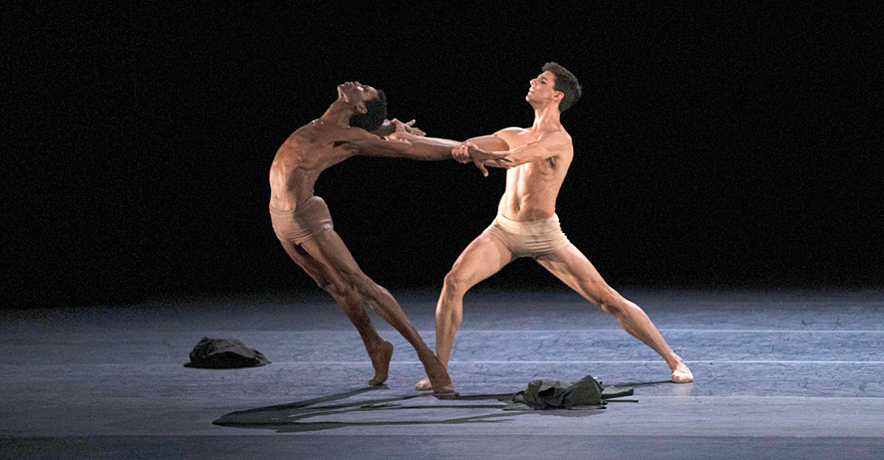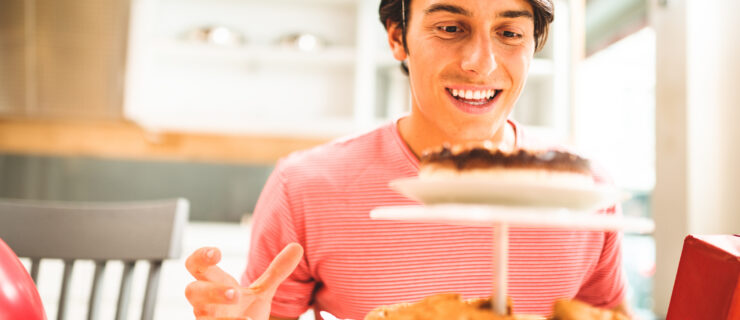Making Space for Queer Stories on Ballet’s Main Stages
At the forefront of almost every narrative classical ballet, there’s a man and a woman.
The ballerina dazzles us with her delicate pointework, while the male ballet dancer, in contrast, astounds us with his agility and strength. They are brought together with a pas de deux, and their trials of love and loss drive the ballet forward.
This repeated pattern fuses most ballets into a story of boy meets girl: Aurora and Prince Désiré in Sleeping Beauty, Kitri and Basilio in Don Quixote, Odette and Prince Siegfried in Swan Lake. Ballet values tradition, and these same stories have been passed down for hundreds of years, performed over and over.

However, almost in spite of itself, the ballet world has begun to change. Major ballet companies are slowly but increasingly showcasing pieces featuring queer stories and themes, from the beautifully synchronized pas de deux in Lauren Lovette’s Not Our Fate to the onstage kiss shared between two women characters in Wayne McGregor’s Woolf Works. The platform major companies and presenters have, and the opportunity they have to showcase diversity, makes their artistic decisions vital to the representation seen in ballet.
For instance, American Ballet Theatre premiered Christopher Rudd’s Touché during its virtual 2020 season, showcasing the budding romance of two men. Commissioned by then ABT artistic director Kevin McKenzie and danced by principal dancer Calvin Royal III and corps de ballet member João Menegussi, Touché was ABT’s first male pas de deux, marking a significant step forward in onstage queer representation.
“I remember the first day of rehearsals,” says Menegussi, recalling how Rudd initially invited the two dancers to simply talk. “We sat on the floor and got into a deeper conversation about our own experiences of finding out we were gay. For him to create this work, he said he wanted us to be in touch with our own experiences.”
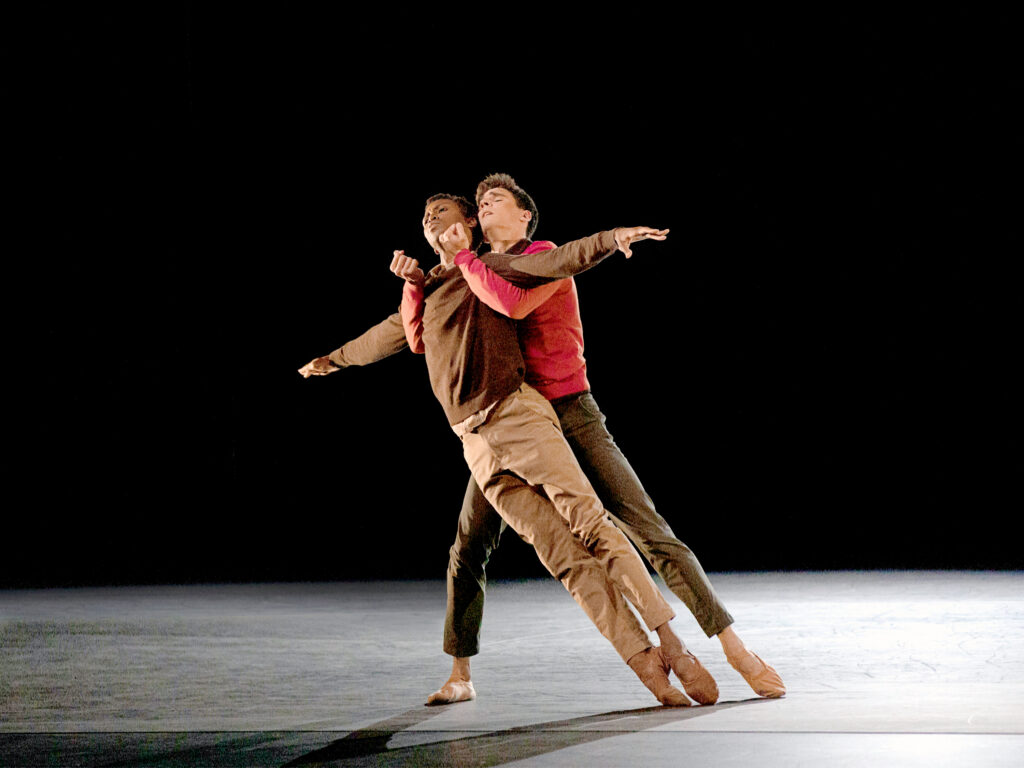
As a result, Touché is a piece imbued with raw authenticity, reflecting the characters’ challenges, triumphs, and the many milestones of reckoning with their homosexuality. It has since been performed onstage in ABT’s 2021–22 and 2022–23 seasons.
“To me, Touché means progress,” Menegussi explains. “Especially in the dance community, where you don’t see a lot of homosexuality being expressed onstage.” Yet, as much as the work diverges from the ballet tradition, Menegussi says it is simply a love story like any other. “It’s nothing more than any ballet where a straight couple performs; it is two human beings illustrating love and intimacy.”
While there is a strong community for gay men in ballet, dancer and choreographer Adriana Pierce explains that queer dancers of marginalized genders have much less visibility. “I had a long, very beautiful career in ballet, but I felt isolated in my queerness,” says Pierce, who danced with New York City Ballet and Miami City Ballet, as well as on Broadway and in films. “And that is, across the board, a very common feeling for queer people who are not cis gay men.”
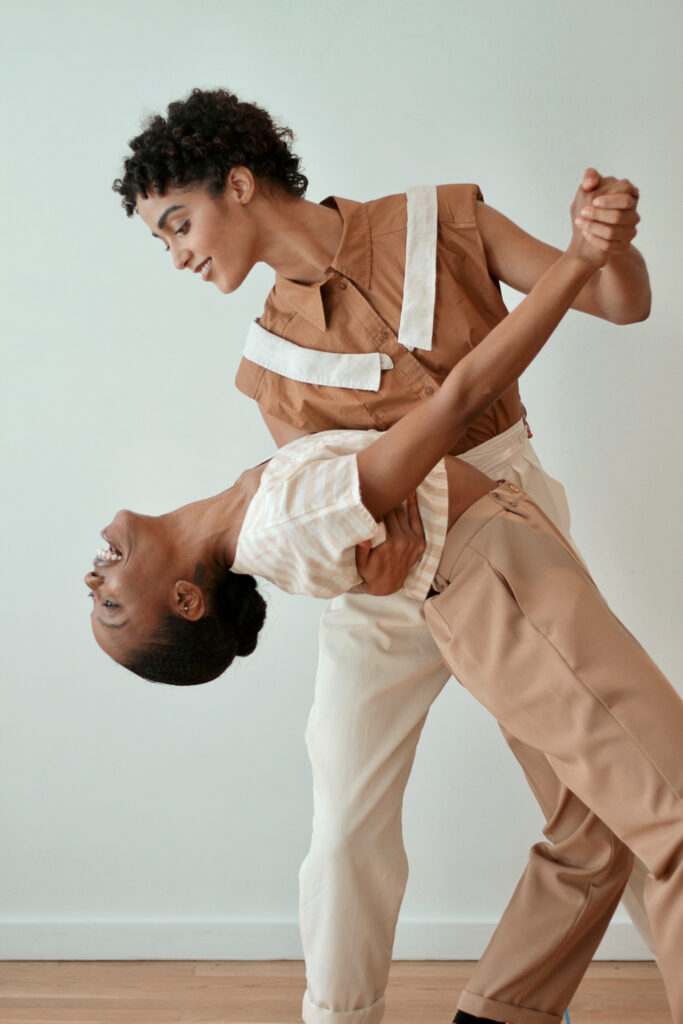
During the pandemic, Pierce began connecting with other queer women, as well as nonbinary and trans individuals, and hosted a Zoom call for the dancers to meet. “A couple of them reached out to me from that initial Zoom call and said they wanted me to choreograph a piece for them,” says Pierce. “But I didn’t just want it to be a one-and-done. I wanted to contextualize it in a conversation that ballet really needs to be having about queer identity.”
Thus, in 2021, Pierce founded #QueertheBallet: an initiative dedicated to sharing LGBTQ+ stories onstage, onscreen, and through educational programs. She then choreographed Animals & Angels, a tender depiction of queer love performed by Audrey Malek and Cortney Taylor Key— the original dancer who pitched her the idea—for a film produced by The Joyce Theater. “Creating queer dance films is so important to me,” she explains, “especially for young queer people who maybe don’t have access to seeing live performances. I want to be creating content that’s accessible for anybody who needs it in their life.” The work was later performed live at the Chelsea Factory, presented in partnership with the Joyce.
There is, however, a negotiation between tradition and innovation. “Our art form is nearly 400 years old,” explains Peter Stark, president and director of The Rock School for Dance Education in Philadelphia. “So, how do we then preserve that [history and tradition]? And yet understand that human beings have moved forward?”
While queer expression has existed in ballet in the past, its appearance on the main stages of mainstream companies is relatively new. Stark, who danced with Boston Ballet, has seen this evolution firsthand. He recalled a romantic duet he performed with another man over 20 years ago for a dancer-choreographer project. “I think we were dabbling then; people have more courage now.”
Stark sees this shift especially in the younger generation he teaches, from male and nonbinary dancers requesting to take classes on pointe to openly queer female students. He also points to works like Justin Peck’s The Times Are Racing, which features roles that dancers perform interchangeably, regardless of gender. “You’re seeing the same choreography but interpreted very differently, based on the body weight and strength of the two dancers,” Stark says. Instead of only seeing the ways men and women can move together, ballet can explore new dynamics of strength, balance, and coordination displayed by same-sex or nonbinary pairings. “It’s creating artistic openings for further expression for choreographers,” Stark continues. After all, art reflects life—and life is filled with queer couples.
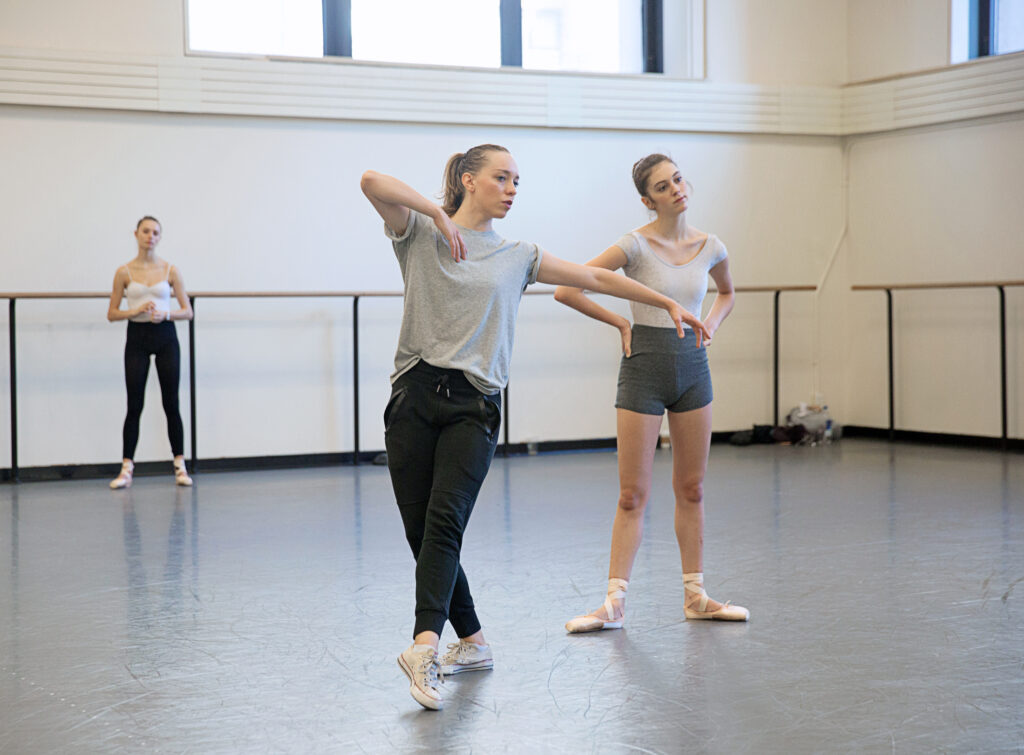
There has also been a rise in ballet companies specifically dedicated to broadening queer representation. Ballez, founded in 2011 by choreographer Katy Pyle, has adapted classics like Giselle and Sleeping Beauty, among others, into queer narratives that celebrate the LGBTQ+ community. In 2020, Puerto Rican–born dancer Roberto Vega Ortiz and Theresa Knudson co-founded Ballet22, a company based in Oakland, California, composed of male, transgender, and nonbinary artists who dance on pointe. The company’s repertoire includes familiar ballets reimagined as queer love stories, including Joshua Stayton’s His Romeo and Ramón Oller’s Carmen.
“I feel like we’re finally reaching a point where ballet is moving forward,” Menegussi says. “Because, yes, we can keep doing all of the stuff we’ve been doing for hundreds of years, but we’re in 2023. We need to start giving a voice to people that have something more to say.”
